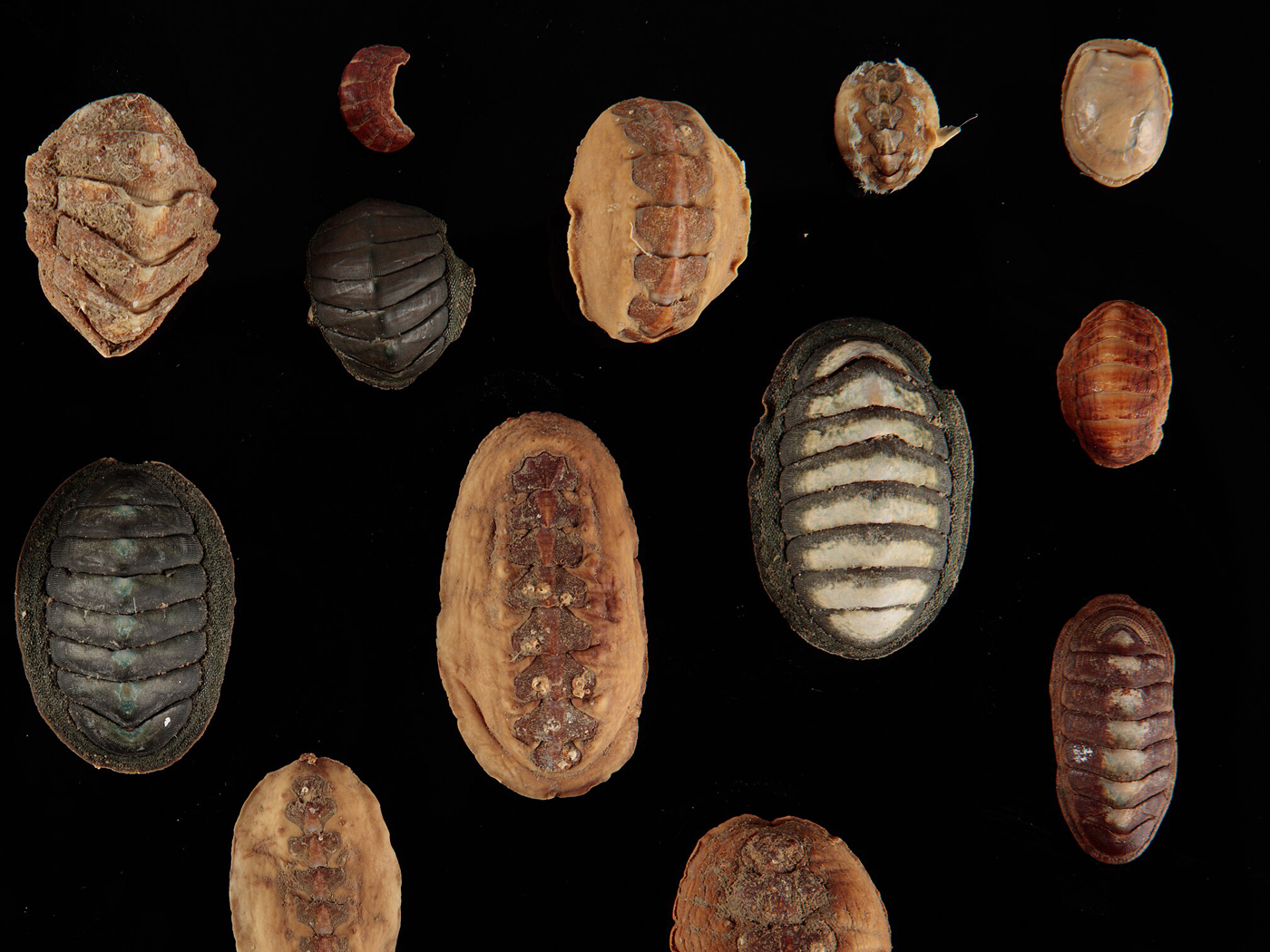by Timothy L. Clarey, Ph.D., and Davis J. Werner
In Proceedings of the International Conference on Creationism. 9: 412-445, article 23.
Abstract
We have compiled nearly 3000 stratigraphic columns across five continents using oil wells, measured columns and seismic data. We divided the fossil-bearing rock record into six packages of sedimentation based on the “mega-sequences” concept of Sloss. We propose a new progressive Flood Model that aligns with both Scripture and the rock record. The earliest megasequences (Days 1-40) show the least extent and lowest average thickness of sediment. These earliest three megasequences are almost exclusively filled with marine fossils. Subsequent megasequences (Days 40-150) show progressively more coverage and more sediment volume and progressively more land animals and plants. The five continents show a maximum peak in surface coverage and a maximum peak in volume during the 5th sequence (about the K-Pg boundary, Day 150). We interpret these data to represent a progressive Flood that aligns with the catastrophic plate tectonics (CPT) and runaway subduction models of Baumgardner. Initial plate motion and the creation of limited amounts new seafloor spread the thinnest and earliest megasequences across limited portions of the continents. In many places, but not all, the beginning of the Flood is marked by the deposition of the Sauk megasequence. Continued creation of hot, new ocean lithosphere caused the seafloor to rise, pushing the water level progressively upward. This process peaked near the end of the 5th sequence (Zuni). Although plate motion continued unhindered during the Tejas, making roughly one-third of the ocean seafloor, subsequent cooling of the older seafloor caused ocean basins to sink, drawing water off the continents. This caused a shift in sedimentation to the offshore as the Flood receded during the 6th sequence (Tejas, Days 150-314). In addition, our research has found that the Tejas megasequence has the second most volume of any individual megasequence, totaling 32.5% of the global Phanerozoic deposits. These data suggest the post-Flood boundary is high in the Cenozoic, near the top of the Neogene, near the end of the Tejas. Continuous deposition of limestone and marine rocks from the Cretaceous up through the Neogene across Turkey and the surrounding regions confirms this conclusion. Independent verification of CPT, and the rapid formation of new ocean crust during the Flood, is supported by strontium ratios in the marine rock record.
Click here to read the full article text.























